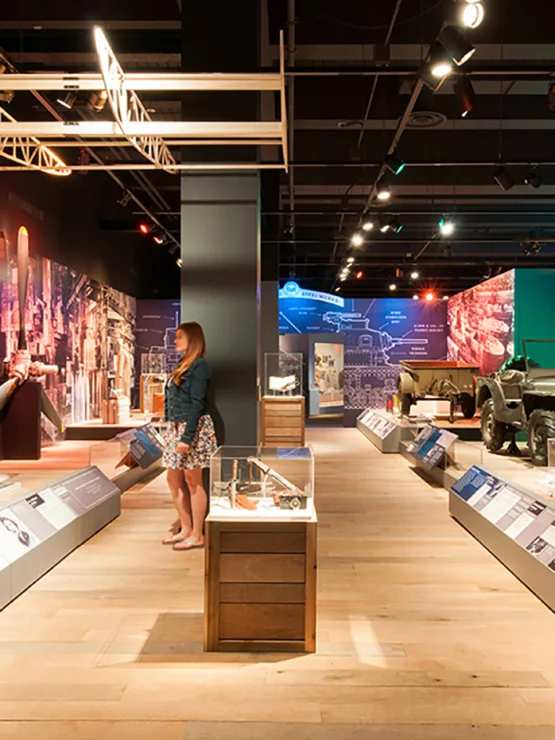On Wednesday, Sept. 16, the History Center participated in #AskaCurator day on Twitter, an international event with over 1,000 participating museums from over 50 countries. The questions were fantastic and the History Center’s museum staff was happy to take some time out of their busy schedules to answer some of them.
Three of our curators answered questions throughout the day: Anne Madarasz, vice president of museum exhibits and collections and co-director of the Western Pennsylvania Sports Museum, Leslie Przybylek, curator of history, and Emily Ruby, curator.
Since not everyone tweets, we wanted to post the #AskaCurator questions and answers from this year here onto our blog. Some of the responses might interest you, too!
On the exhibits and collections at the History Center –
- What’s your favorite exhibit at the Heinz History Center?
Anne: Whatever one I’m working on – right now it’s our Visible Storage area and our new Discovery Place.
- What is the oldest artifact you’ve ever had at your museum?
Anne: In our exhibit, Pittsburgh: A Tradition of Innovation, we have a dinosaur bone on loan from the Carnegie Museum of Natural History – that is definitely the oldest object I have ever touched!
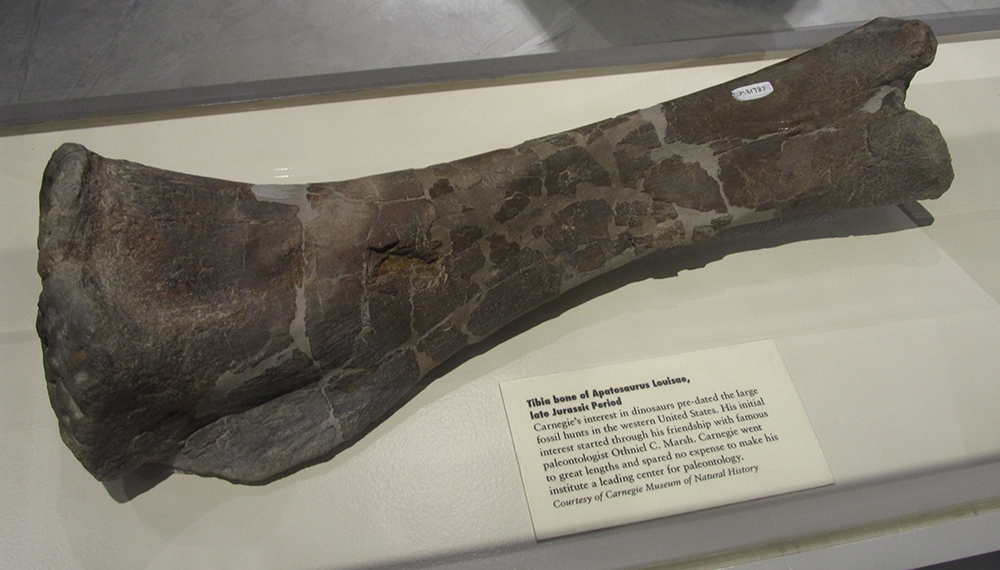
- Everyone asks what the best item in the collection is, but I want to know, what’s the WORST?
Anne: Cyclist’s jerseys that have been someone’s “good luck” jersey – that is a smell that never comes out, no matter what the conservator does to it. Or old food containers with the food still in them – pretty gross!
- How do you decide what to do an exhibit on? What are the biggest challenges you usually face?
Leslie: What do we have? What interests people? What’s relevant? Matching the topic, display material, and story is always tricky.
- How, & how often, are you reaching out to include the community in developing exhibits and care for objects?
Leslie: Curators reach out more and more. Our We Can Do It! WWII exhibition includes more than 40 community lenders. Social media helps but phone calls work, too.
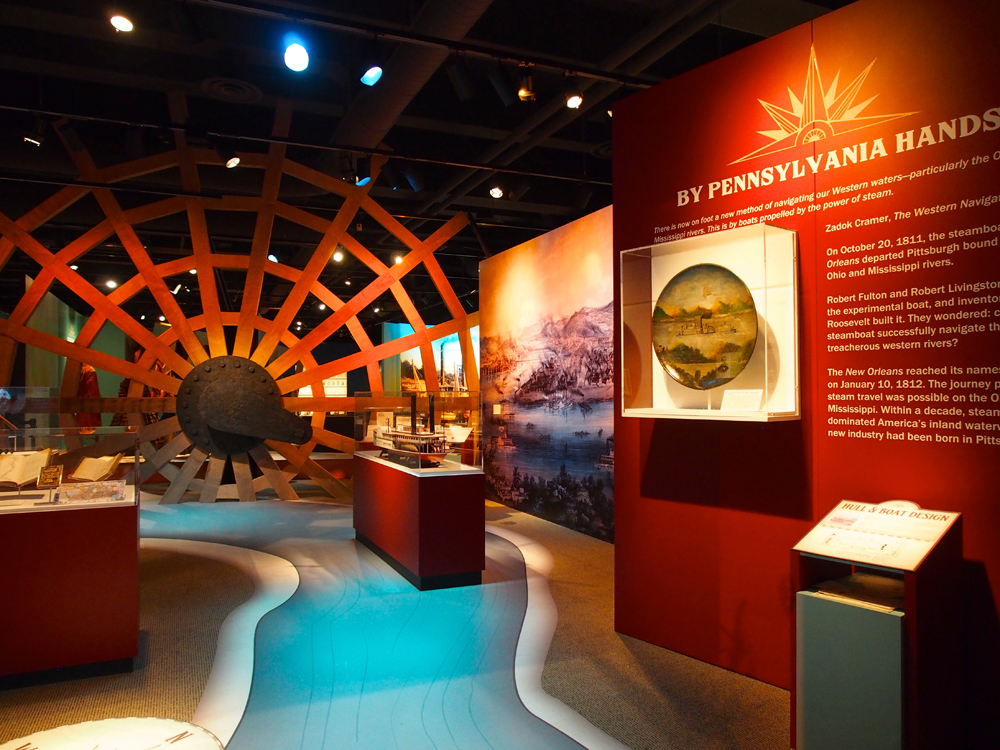
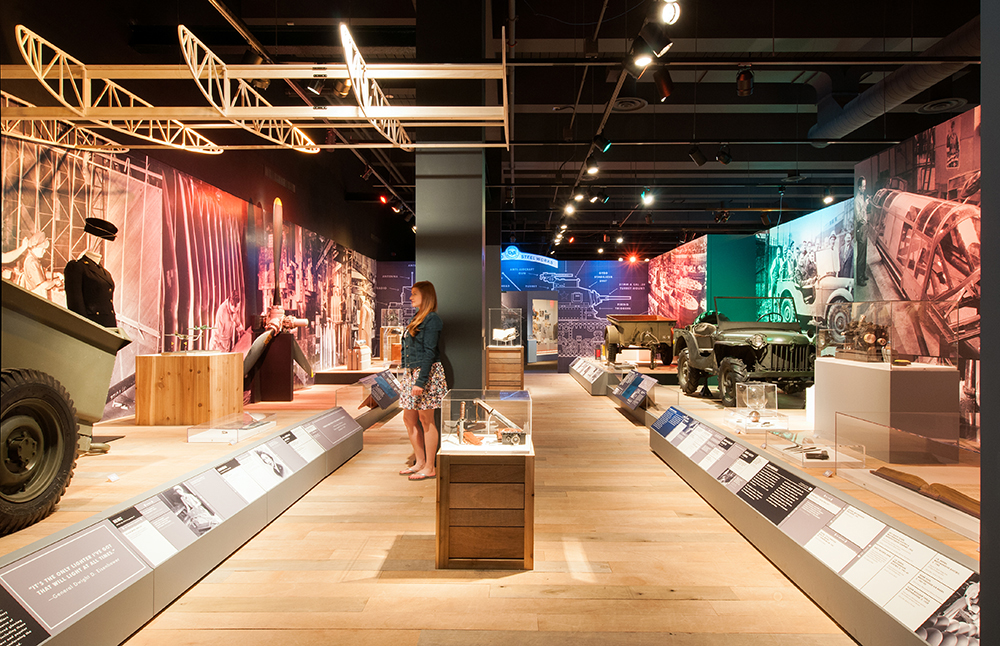
- What have been some of your favorite or most interesting History Center exhibits to curate?
Leslie: We Can Do It! WWII has been great because I have family connections. But Treasures of the Arabia was a favorite. We also have some fun topics coming up!
- What is your favorite object/artifact that never seems to make it on exhibit?
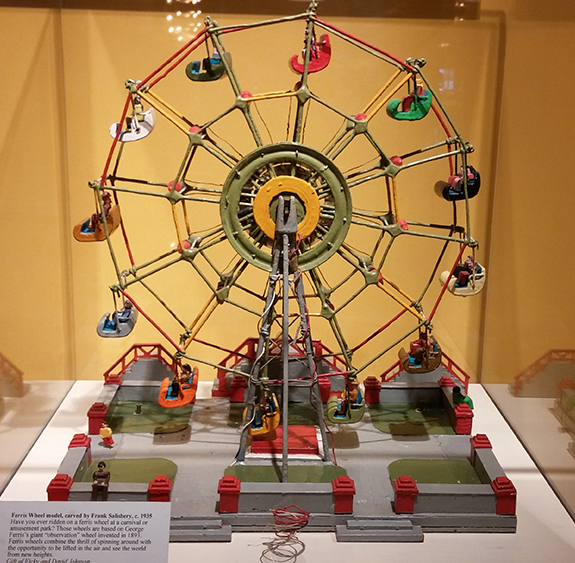
Leslie: I’ve been lucky. Most of my favorites have gotten in. Alas, there was that 1850s house from the Steamboat Arabia… We couldn’t borrow that.
Emily: There are so many! Mainly the hundreds of beautiful historic clothes and accessories that we have and the hand carved amusement park…but I could go on and on.
- What has been your favorite part of working with your World War II collection?
Leslie: The honor of meeting and talking with men and women who served and hearing the stories that have been passed down to family members.
- Has your museum ever done rapid response collecting around current events?
Emily: Yes, often actually. When there is a protest or imminent store/institution closing we go in and collect items to document the event or place.
- Are there any items in your collection that are surprisingly hard to maintain?
Emily: A pair of shoes a local reporter was wearing on 9/11 is very hard to maintain because we want to keep the dust on the shoes as part of the story. We keep them in a special enclosure to protect what is there and not have additional dust.
- How do you imagine your museum in 50 years?
Emily: Hopefully with a fully searchable online collection so everyone knows how much amazing stuff that we have.
On Pittsburgh history –
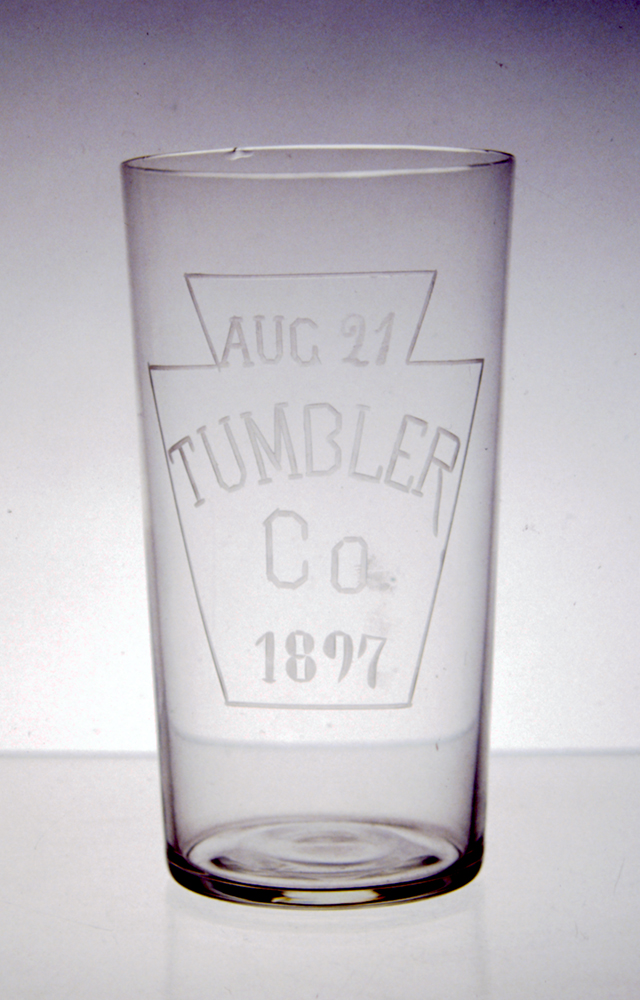
- I would like to know more about the “glass works” factory that was in Rochester, Pa. at turn of last century.
Anne: There were a number of factories that made glass in Rochester in the 19th century, including the which opened in 1872, burned in 1901, and was rebuilt and became the Rochester Bulb Co. making GE light bulbs in 1918. In its history, it went from 90 employees making 1,200 tumblers a week to one of the largest factories in the world making 75,000 dozen drinking glasses a week. It was also one of the first to use natural gas to fuel the furnaces.
The Fry Glass Company is another of the great Rochester factories – they made beautiful blown and cut glass, pressed wares, utilitarian pieces and even gas pumps under a separate name. There is a Fry Glass collecting club that meets in Beaver, Pa. and does great research and programs on Fry glass.
Learn more in Shattering Notions, our glass exhibit, and in our Detre Library & Archives!
- What time period in Pittsburgh’s history do you personally find interesting and why?
Emily: Personally I think the 1950s and 60s when there was a lot going on with redevelopment and urban planning. It is a fascinating period in our history and hopefully a time period whose successes and mistakes we can learn from today!
Check back next week as we deliver part 2 of this #askacurator blog series.
Sarah Reck is the Senior Digital Marketing Manager at the Heinz History Center.
